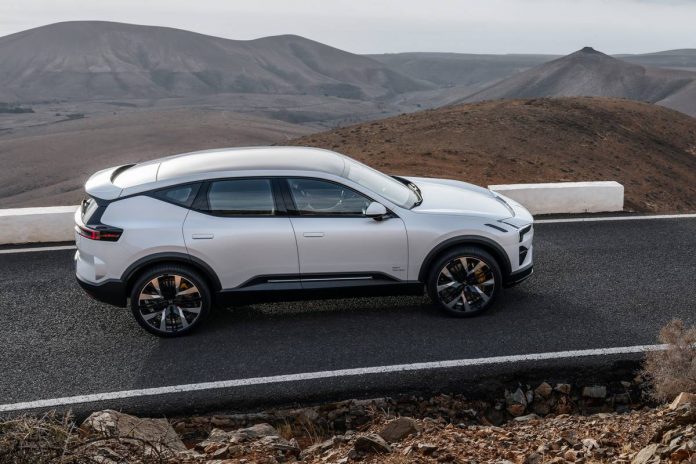Electric vehicle brand Polestar continued to lose money in the second quarter but still expects to achieve its annual delivery target thanks to a strengthening sales pace.
The Volvo-owned EV maker published its quarterly earnings on Thursday, August 31, revealing a net loss of $304 million. The electric vehicle brand previously announced it had sold roughly 15,765 units between April and June, a year-over-year growth of 36%. This increase pushed Polestar’s earnings up 16.3% from Q2 2022 to $685.2 million.
In its report, the company confirmed that it remains on track to achieve its yearly delivery target of 60,000. To date, the electric vehicle brand has sold 27,841 units, meaning it will need to sell an additional 32,159 units between July and December to reach this goal. While the automaker did not provide a sales total for June, it did report that deliveries for the month were up 73% year-over-year. Should it maintain this pace in the third quarter, the EV maker will be well-positioned to hit its target. Even if sales begin to stagnate in Q3, the release of the Polestar 4, expected to launch towards the end of the year, may still drive enough sales to push the automaker over the finish line in the final quarter.
But while its delivery goal is certainly within reach, the electric vehicle brand is still in a vulnerable position. It is true that EV startups have outperformed expectations throughout the year. Polestar’s results have been especially impressive since it is one of the few electric car makers to report positive profit margins on its vehicles. However, demand for battery-powered cars remains too low for any competitor other than Tesla to avoid losing money. Consumers are frequently deterred by high car prices, range limitations and insufficient charging infrastructure. While legacy automakers can still rely on ICE vehicles to generate profit until these pain points are addressed, startups like Polestar are at greater risk of failing, significantly more so if investors and backers like Volvo grow disillusioned with the EV market. Proving that the segment still has hope will be crucial for electric vehicle makers in the coming months.



